Vaginal Thrush
Vaginal thrush, caused by the Candida species of fungus, is a common yeast infection affecting women. Although not typically harmful, its symptoms can be uncomfortable. Thrush treatment is available in various forms, including creams, tablets, and pessaries.
-

Canesflor Probiotics for Vaginal Use – 10 Capsules
£16.99 Read more -
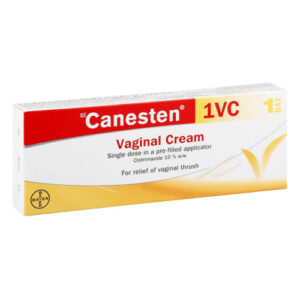
Canesten 10% Vaginal Cream
£8.49 Select options -

Canesten 2% Thrush Cream – 20g
£7.95 Select options -
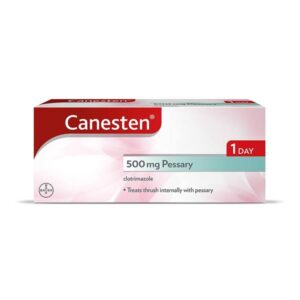
Canesten 500mg Pessary – 1 Pessary
£12.29 Add to basket -
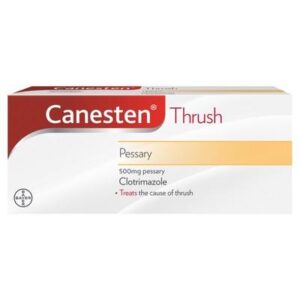
Canesten 500mg Thrush Pessary
£11.45 Select options -
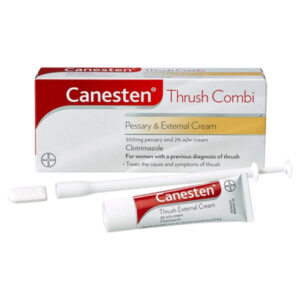
Canesten Combi – Pessary & External Cream
£19.95 Select options -

Canesten Combi – Soft Gel Pessary & External Cream
£19.95 Read more -

Canesten Soft Gel 500mg Thrush Pessary
£15.49 Add to basket -
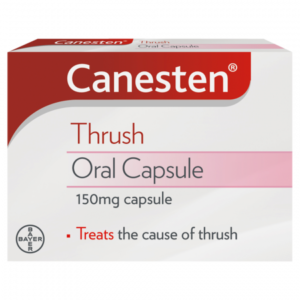
Canesten Thrush 150mg Oral Capsule
£13.99 Select options -
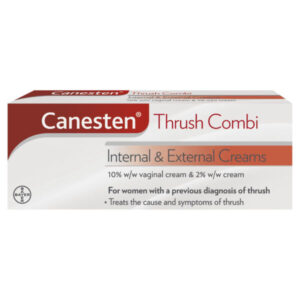
Canesten Thrush Combi Internal & External Creams
£19.95 Read more -
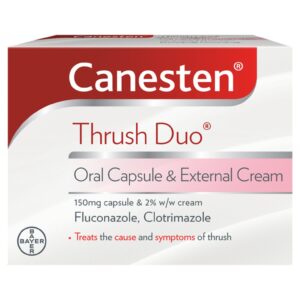
Canesten Thrush Duo – Oral Capsule & External Cream
£19.95 Select options -

Canestest Self-Test for Vaginal Infection
£10.29 Read more -
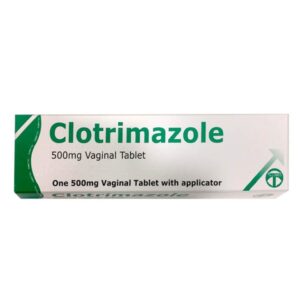
Clotrimazole Vaginal Pessary 500mg – 1 Pessary
£10.59 Select options -
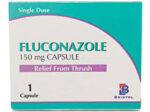
Fluconazole 150mg Capsule
£7.99 Select options -
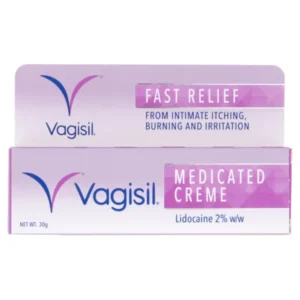
Vagisil Medicated Creme 30g
£6.85 Add to basket

